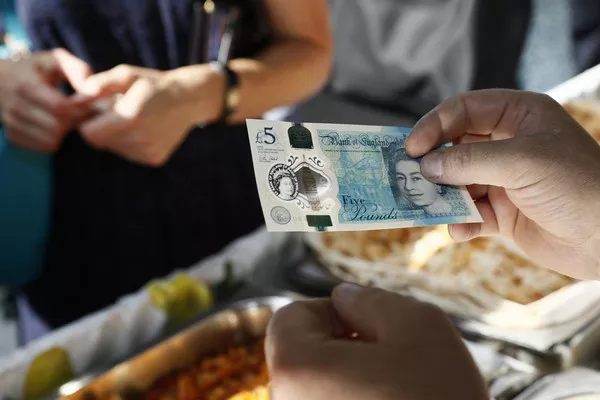The British Pound (GBP) is trading with modest strength against the US Dollar (USD), with the GBP/USD pair hovering near 1.3405 during Wednesday’s early Asian session. The upward move is supported by broad-based USD weakness following the release of disappointing US economic indicators.
Data from the US Bureau of Labor Statistics on Tuesday showed job openings dropped to 7.19 million in March—the lowest since September 2024—down from a revised 7.48 million in February and below the market forecast of 7.5 million. Additionally, the Conference Board’s Consumer Confidence Index plummeted to 86.0 in April, compared to 93.9 in March (revised from 92.9), marking its weakest reading since April 2020.
The soft labor and confidence figures have deepened concerns about the health of the US economy, heightening uncertainty and weighing on the Greenback. As a result, GBP/USD found some upward traction amid the risk-off sentiment surrounding the US outlook.
However, the Pound’s advance is tempered by growing market expectations that the Bank of England (BoE) will initiate a rate cut at its May 8 policy meeting. Market pricing now reflects a 96% probability of a 25-basis-point reduction, which would bring the key interest rate down to 4.25%.
BoE policymaker Megan Greene added to the uncertainty last week, commenting that proposed tariffs by US President Donald Trump might have a disinflationary effect in the UK. However, she also noted that significant unknowns remain regarding the tariff plan and the broader economic impact of the recent UK employer tax hike.
Traders are now looking ahead to Wednesday’s high-impact US data, including the ADP Employment Change, Q1 Advance GDP, and the Personal Consumption Expenditures (PCE) Price Index, which could further influence USD sentiment and the GBP/USD pair’s near-term direction.
Related Topics:
- When Did the Bank of England Become a Central Bank?
- Is the Bank of England Powerful?
- What Type of Bank is the Bank of England?


